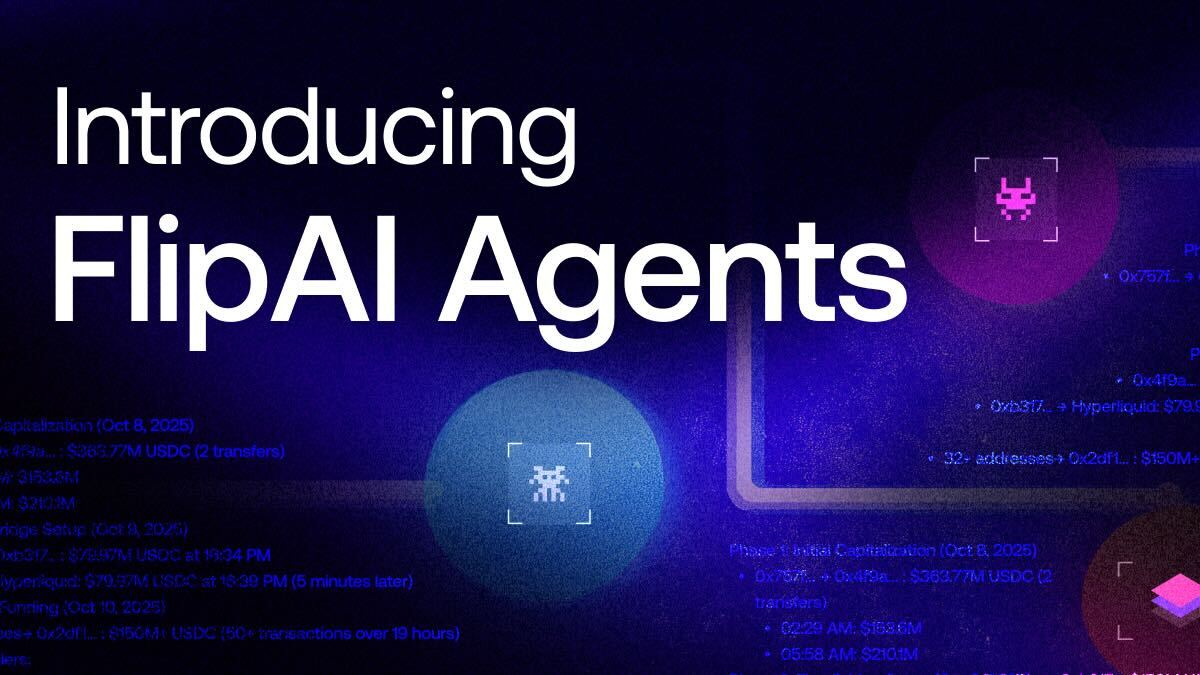Quality Users Part 2: The Power Law of Blockchain Activity

How Ethereum's Elite Users Drive the Ecosystem
In our previous analysis, we examined quality user metrics across multiple blockchains, revealing how a small subset of highly engaged addresses contributes disproportionately to ecosystem health.
Now, we're diving deeper into Ethereum to uncover the remarkable concentration of activity among its quality users.
Despite representing less than 20% of Ethereum's active addresses, quality users (scoring 4+ on Flipside's scoring system) dominate nearly every aspect of on-chain activity.

This power law distribution challenges conventional thinking about blockchain growth and user acquisition.
Quality Activity: More Stable Through Market Volatility
When comparing quality DeFi volume to non-quality volume in relation to Bitcoin price fluctuations, a striking pattern emerges:

Quality user volume maintains remarkable stability regardless of Bitcoin's price movements, while non-quality volume shows erratic spikes that quickly fade.
This stability suggests quality users engage with Ethereum as the cornerstone of DeFi, rather than speculative opportunities.
Breaking Down Protocol Activity: What Quality Users Actually Do
The distribution of activity across protocol categories reveals fundamental differences between quality and non-quality users:

Quality users dominate across all protocol categories, but especially in:
- DeFi protocols (~1.5 trillion USD volume vs. ~35 billion for non-quality users)
- Bridges (~35 billion USD volume vs. ~1 billion)
- L2/Scaling solutions (~4 billion USD volume vs. ~400 million)
- Staking (~7 billion USD volume vs. ~1 billion)
Transaction Size Matters
Not surprisingly, quality users don't just make more transactions - they make larger ones:

Non-quality users, typically bots or users that churn rather quickly, surpass quality users in low value transactions. However, when it comes to moving money in size, quality users take the cake.
Liquidity is the bedrock of any sustainable DeFi; thus, the ability to isolate, target and incentivize quality users is necessary to create a thriving ecosystem.
Protocol Preferences Reveal Quality User Sophistication
Examining volume by specific protocols highlights where quality users choose to deploy capital:

The most striking observation is that quality users dominate across virtually all major protocols by orders of magnitude.
Even in protocols where non-quality volume appears significant (like 1inch or Uniswap v3), quality user volume typically exceeds it by 10-100x.
This protocol-level analysis reveals quality users are not just more active - they're more sophisticated in their engagement, utilizing advanced DeFi protocols and complex strategies rather than simple swaps or transfers.
The Daily Volume Gap
Looking at daily activity over the month further emphasizes the volume disparity:

Quality user volume consistently outpaces non-quality volume by 10-20x on most days, creating a stable foundation of economic activity regardless of market conditions.
This gap demonstrates why ecosystem health metrics that don't distinguish between user types can be misleading - raw activity counts would miss this critical quality dimension.
Quality Users Drive Fee Generation
Perhaps most importantly for ecosystem sustainability, quality users generate the vast majority of fees:

Despite representing less than 20% of active addresses, quality users consistently generate 65-75% of all Ethereum fees.
This revenue concentration is essential for protocol sustainability, validator rewards, and the overall economic health of the ecosystem.
The Retention Edge
This concentration of high-value activity correlates directly with our retention research findings. Quality users demonstrate dramatically different retention patterns:
- High-value addresses (8+) retain at 3-5× higher rates than low-value users
- Medium-value addresses (4-7) show moderate retention with significant chain-to-chain variance
- Low-value addresses (0-3) consistently show the lowest retention, falling below 5% after 6 months

For Ethereum specifically, high-value retention rates exceed those of smaller chains, demonstrating the ecosystem's strength in maintaining valuable user relationships.
Protocol-Level Quality Analysis Reveals More Nuance
Diving deeper into individual protocols reveals further quality variations. Our "Blockchain User Quality: From Chains to Protocols" research compared general chain users with protocol-specific users (examining Marinade Finance on Solana as a case study).
The findings have important implications for Ethereum: users of specific protocols typically show higher quality metrics than general chain users, particularly in relevant activity categories. This suggests that ecosystem growth strategies should target users of complementary protocols rather than broad blockchain-level approaches.
Power Laws, Power Laws, Power Laws
While the Pareto Principle is often referenced in economics, our analysis reveals an even more extreme power law in blockchain activity - closer to 90/10 or even 95/5.
Less than 20% of Ethereum's users drive:
- 75% of all fee generation
- 90% of DeFi volume
- 65-75% of all transaction value
This concentration challenges conventional thinking about "mass adoption" and suggests that meaningful blockchain growth may come from increasing quality user percentages rather than raw user numbers.
Ethereum's ecosystem exhibits a classic power law distribution of value creation, with a small subset of highly engaged users driving the vast majority of meaningful activity.
These quality users provide the fundamental economic foundation that sustains the network, generates fees, and creates consistent demand for blockspace.
For ecosystem builders, this insight is crucial: growth strategies that prioritize quality user acquisition and engagement will likely outperform those focused on maximizing raw numbers.
In a power law ecosystem, attracting and retaining one quality user could be worth more than hundreds of casual users.
As Ethereum continues to evolve, understanding and leveraging this power law distribution will be essential for sustainable growth.







